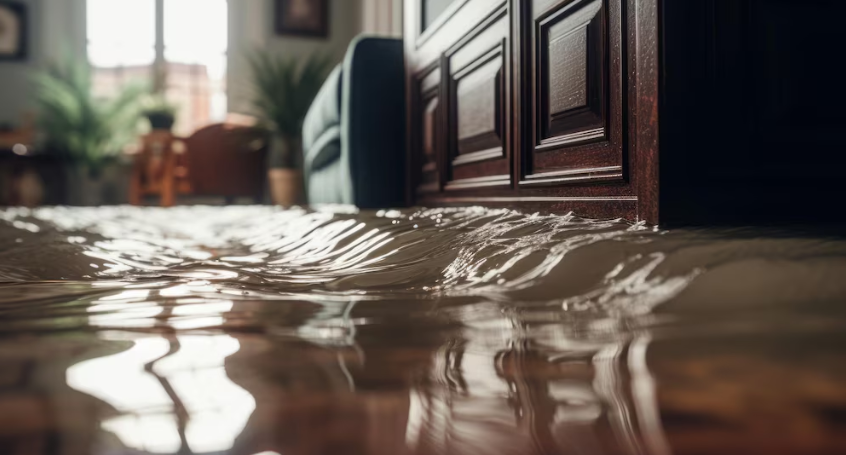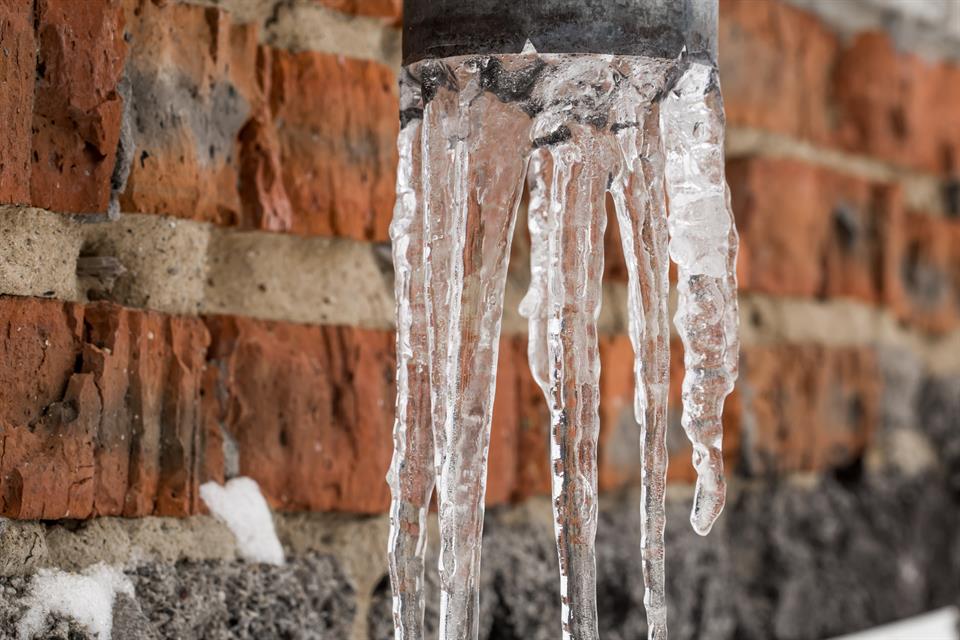Proving Water Damage to Insurance
Start with Immediate Documentation
As soon as you notice water damage in your home, begin documenting everything. Take clear photographs and videos of the affected areas from multiple angles. Capture wide shots and close-ups showing water stains, soaked materials, warped wood, or any visible signs of mold or mildew. Date-stamped media helps validate the timeline of damage. Make sure to keep all damaged items for inspection unless advised otherwise by your insurance adjuster.
Identify the Source of the Damage
Insurance companies require proof of how the water damage occurred. Identify and document the source—whether it's a burst pipe, roof leak, or appliance malfunction. This distinction matters because insurers only cover certain types of water damage. For example, sudden and accidental incidents are typically covered, but slow leaks or poor maintenance may be excluded. If the water originated from flooding or rising groundwater, that generally falls under separate flood insurance.
Keep All Related Receipts and Invoices
Keep all receipts from emergency mitigation services, plumbing repairs, or temporary accommodation. These documents not only support your claim, but they may also be eligible for reimbursement under your policy's loss-of-use or emergency repair clauses. Keep track of the dates and businesses engaged in any repair work, as the insurance adjuster may want to verify the professional assessments and cost estimates.
File Your Claim Quickly
Most homeowners' insurance policies require policyholders to report water damage as soon as it is noticed. Delaying a claim may result in coverage denials due to the insurer's sense of negligence. When filing, offer a thorough account of the incident, accompanied by photos, videos, and repair paperwork. Clearly describe when the harm occurred, how you noticed it, and the urgent steps you took.
Schedule an Adjuster Visit
After you file a claim, your insurer will most likely send a claims adjuster to evaluate the damage. Be present at the visit to walk them through your documents and provide any additional information. Highlight any concealed or structural damage that is not evident from the surface, such as behind walls or beneath floors. This is your moment to argue for the entire range of repairs required.
Follow Up in Writing
Always keep written communication with your insurance company. Summarize phone calls via email and request confirmation of next steps. Staying organized and persistent increases the chances of a successful water damage claim.






